Let’s face it: nostalgia is a powerful thing. It can turn the strangest snacks into childhood treasures and convince us that stale marshmallows shaped like animals or candies that taste like medicinal regret are worth revisiting. Every Halloween, Easter, and Valentine’s Day, shelves are restocked with these puzzlingly persistent confections—candies that seem less about pleasure and more about tradition, confusion, or maybe even punishment.
We all know the ones. The oddly chewy, barely-flavored, pastel-colored relics from another century that somehow refuse to vanish. Candies that cling to your teeth like a stage-five clinger or dissolve into gritty mystery paste the moment they hit your tongue. They’re waxy, chalky, rubbery, and questionably flavored—and yet, year after year, we keep buying them, offering them to others (often with a warning), or discovering them untouched at the bottom of a trick-or-treat bag.
But why do we keep these sweet misfits around? Maybe it’s a sense of loyalty to the candies our grandparents gave us. Maybe it’s morbid curiosity. Or maybe some of us just enjoy the thrill of a truly weird flavor experience.
From foam peanuts that taste like artificial banana sadness to sugar tablets disguised as medicine, these sweets defy logic and taste buds alike. Whether you secretly enjoy them or openly loathe them, one thing’s for sure: these infamous candies have earned their place in the hall of confectionery shame.
So grab your dental floss and prepare your palate—we’re diving into the most baffling, polarizing, and debatably edible treats that somehow still have a spot in the candy aisle.
1. Circus Peanuts
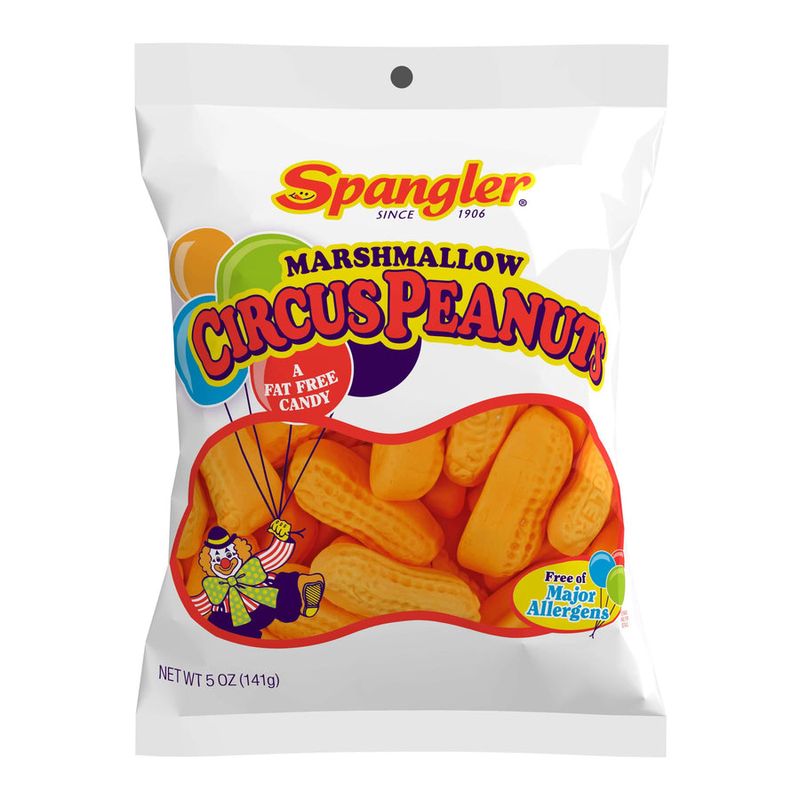
Orange, banana-flavored, marshmallow-adjacent foam peanuts that bear no resemblance to actual peanuts. The texture alone is enough to make most people shudder – simultaneously stale yet somehow squishy, like biting into a piece of sweetened styrofoam.
Invented in the 1800s, these bizarre treats have survived multiple centuries despite having almost no passionate defenders. Their uncanny valley consistency starts firm, then dissolves into a grainy mush that coats your mouth with artificial banana essence.
Fun fact: Nobody knows who created Circus Peanuts or why they decided banana was the logical flavor for an orange peanut-shaped candy.
2. Candy Corn
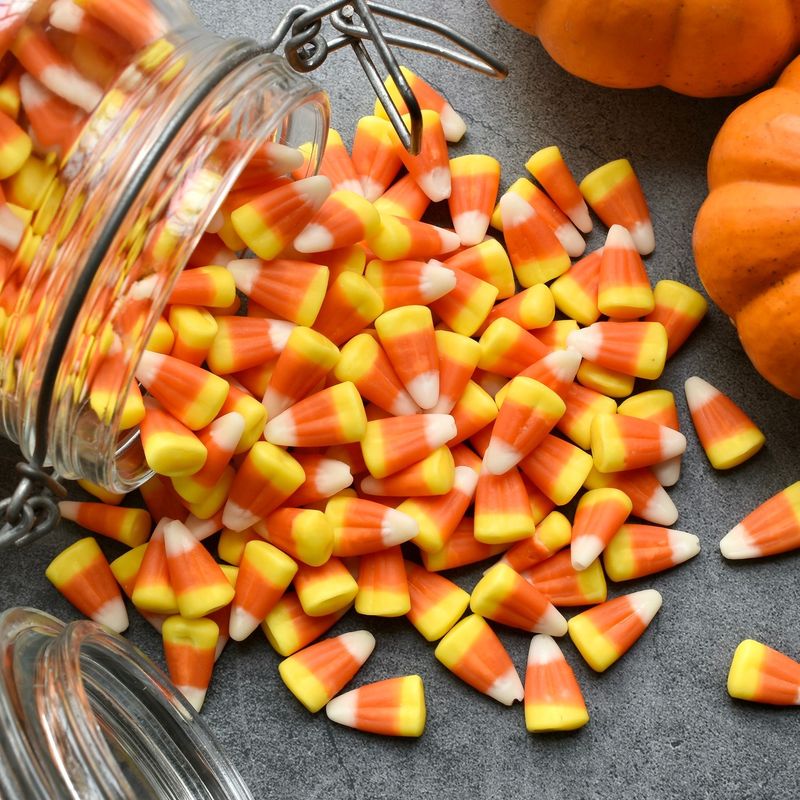
Those tri-colored triangles appear every October, dividing friends and families into fierce pro and anti candy corn factions. The texture resembles nothing found in nature – waxy, crumbly, and somehow both too firm and too soft simultaneously.
Made primarily of sugar, corn syrup, and carnauba wax (yes, the same stuff in car polish), candy corn manages to taste like neither candy nor corn. The flavor can only be described as concentrated sweetness with notes of artificial honey and disappointment.
Despite being America’s most controversial Halloween candy, manufacturers produce about 35 million pounds annually – most of which probably ends up forgotten in desk drawers until next year.
3. Black Licorice
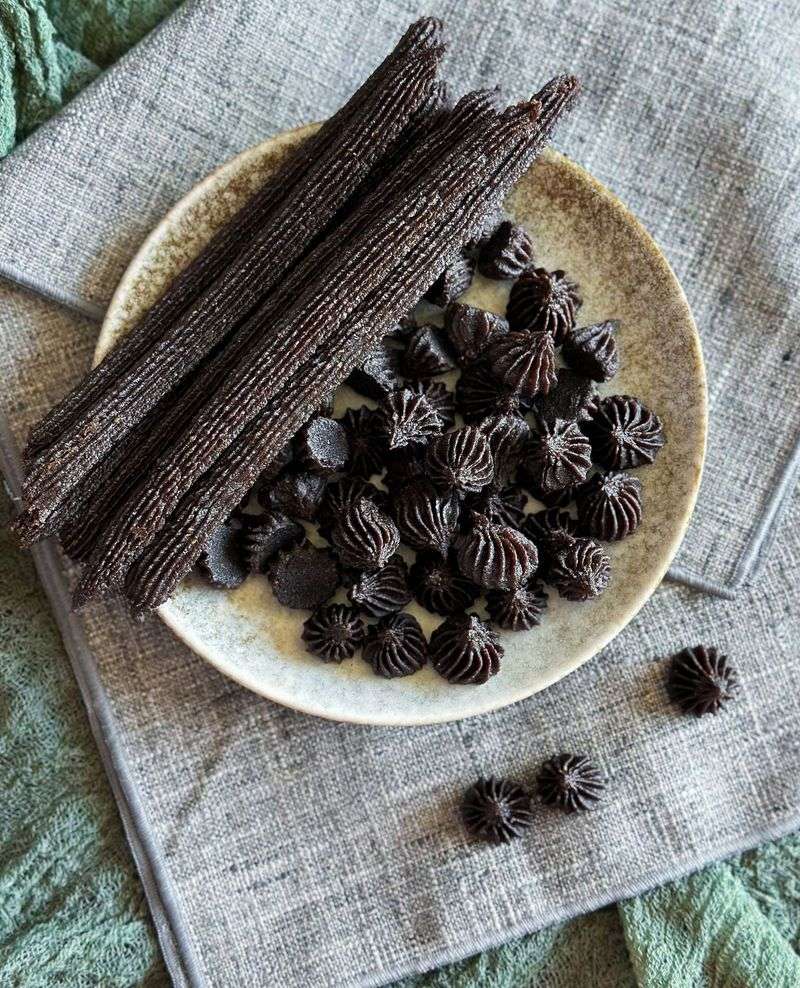
Black licorice contains an actual compound called glycyrrhizin that many people are genetically predisposed to hate. This explains why eating it feels like punishment to roughly half the population while others inexplicably enjoy it.
The candy’s medicinal flavor comes from the licorice root, which was historically used as a cough suppressant and laxative. This might explain why your grandparents always had it around – it wasn’t just candy, it was multipurpose healthcare!
Consuming too much black licorice can actually cause health problems including heart arrhythmia and high blood pressure. Yet somehow, this potentially dangerous candy with a flavor profile comparable to cough syrup continues to have devoted fans.
4. Necco Wafers
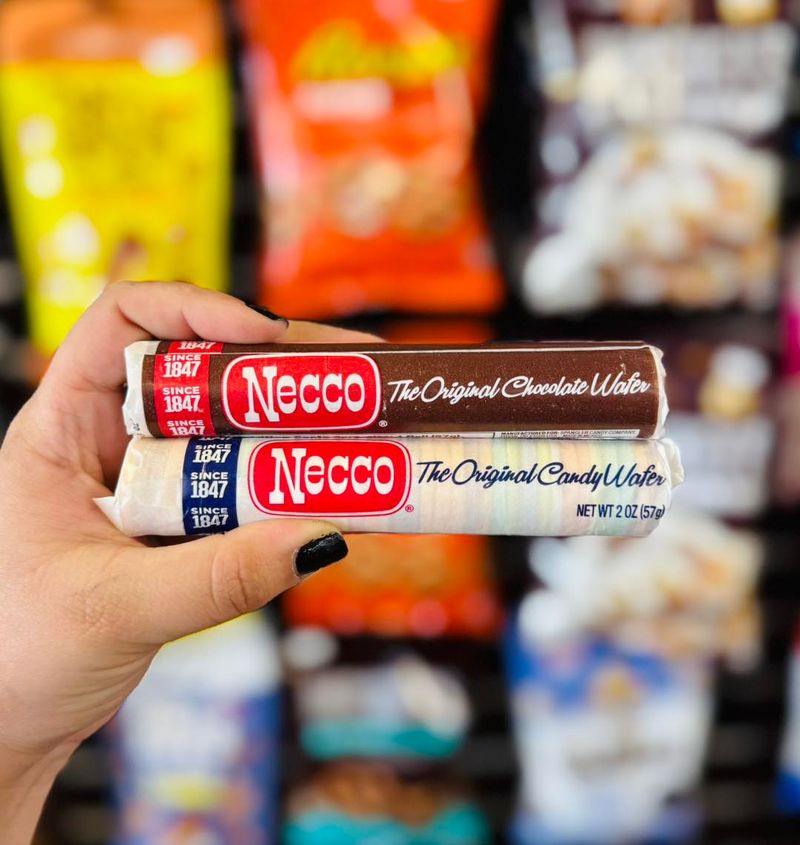
Dating back to 1847, these chalky discs have survived nearly two centuries despite tasting like sweetened plaster. The pastel-colored wafers come in flavors like chocolate, licorice, and clove – though you’d be hard-pressed to identify any of them blindfolded.
Their texture is uniquely unsatisfying – simultaneously powdery and brittle, dissolving into a gritty paste that coats your tongue. When the company briefly shut down in 2018, people hoarded these mysterious discs as if they were currency for the apocalypse.
Necco Wafers were carried by Union soldiers during the Civil War and by explorers on Arctic expeditions because they never spoil – a dubious quality for something meant to be enjoyed as a treat.
5. Good & Plenty
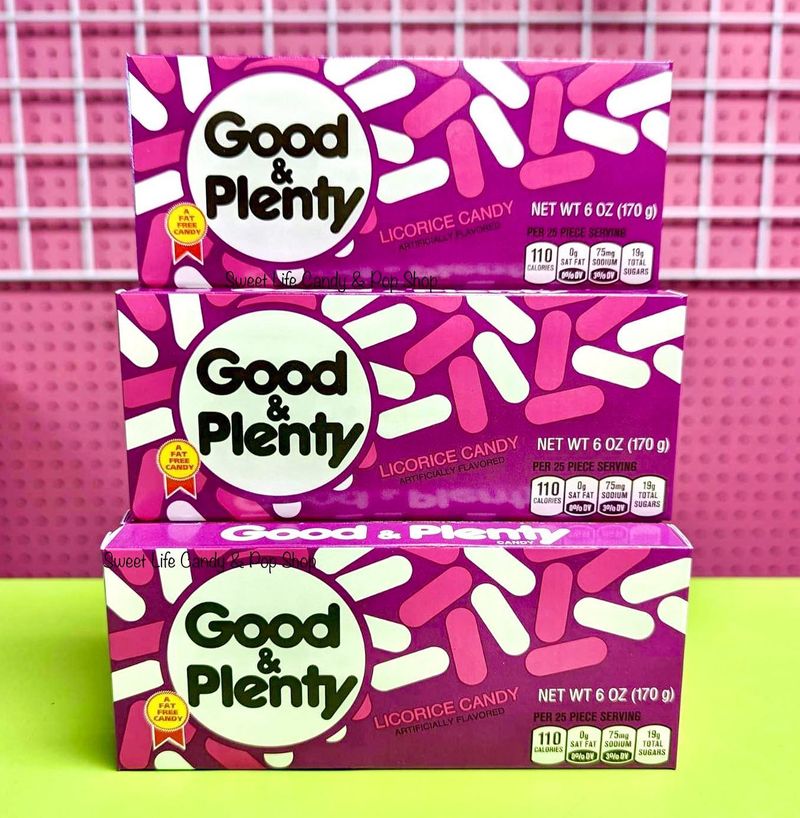
These innocent-looking pink and white capsules are actually wolves in sheep’s clothing. Beneath their candy coating lurks the divisive flavor of black licorice, creating a bait-and-switch that has traumatized unsuspecting candy lovers for generations.
Good & Plenty holds the dubious honor of being America’s oldest branded candy, dating back to 1893. The candy’s longevity seems especially perplexing considering it combines two widely disliked candy elements: a chalky shell and licorice center.
The colorful coating tricks children into thinking they’re getting something fruity, making that first bite particularly shocking. Yet somehow, boxes continue to sell, perhaps purchased by pranksters or those rare individuals who genuinely enjoy the taste of anise.
6. Peeps
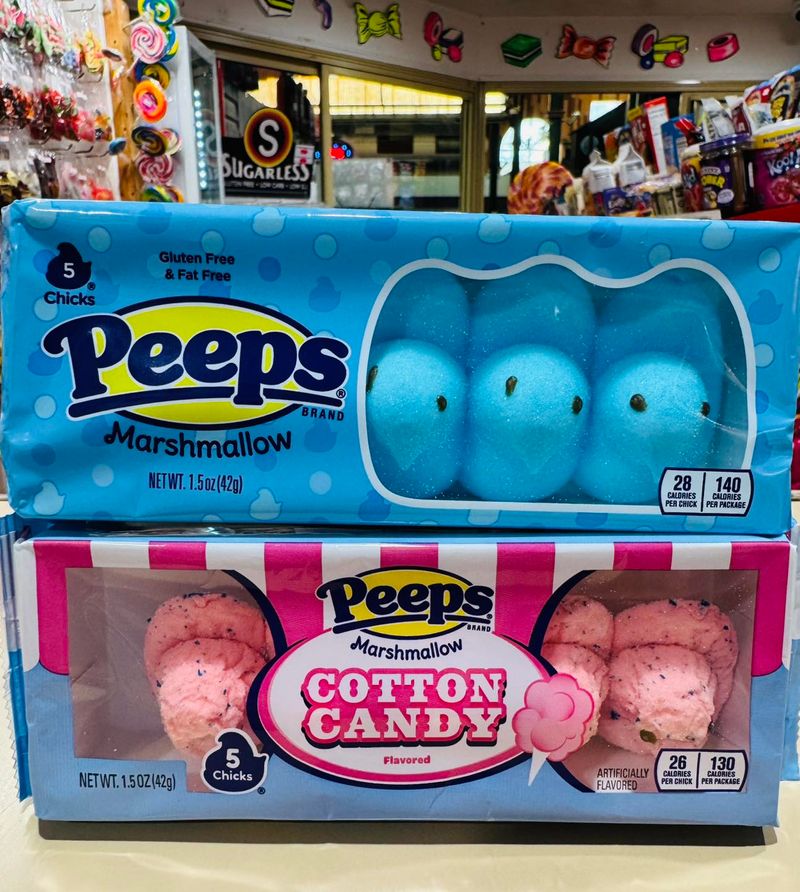
These neon-colored marshmallow creatures appear each Easter with their beady sugar eyes seemingly judging your life choices. The texture can only be described as squeaky – your teeth literally squeak against the sugar-crusted exterior as you bite through to the gummy interior.
Peeps contain nothing but sugar, corn syrup, gelatin, and more sugar. They’re essentially sugar-coated sugar filled with sugar. The true mystery isn’t why people eat them, but rather what possesses individuals to perform scientific experiments on them – from microwaving them to testing their dissolving properties.
Despite their questionable taste, Americans purchase about 700 million Peeps annually. Most end up hardening in their packages or being used for dioramas rather than actual consumption.
7. Bit-O-Honey
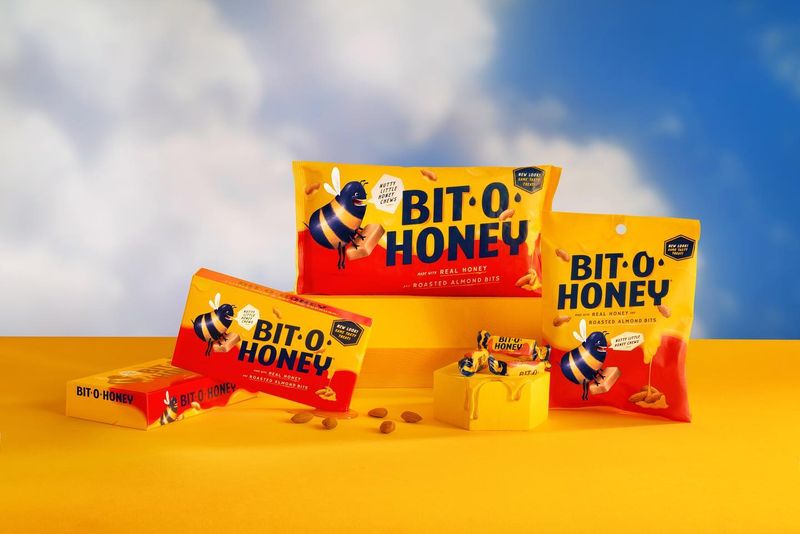
Introduced in 1924, Bit-O-Honey seems specifically designed to test the limits of human jaw strength and dental work integrity. The taffy-like texture requires Olympic-level chewing endurance, often resulting in a workout rather than a treat.
The honey-flavored candy contains actual honey, which is perhaps its only redeeming quality. Unfortunately, that subtle flavor is lost amid the struggle to prevent it from cementing your teeth together permanently.
Dentists secretly love this candy for the business it generates. One theory for its continued existence is that once you’ve invested the time and effort to chew through one piece, you feel compelled to finish the entire package just to justify the workout your jaw has endured.
8. Mary Janes
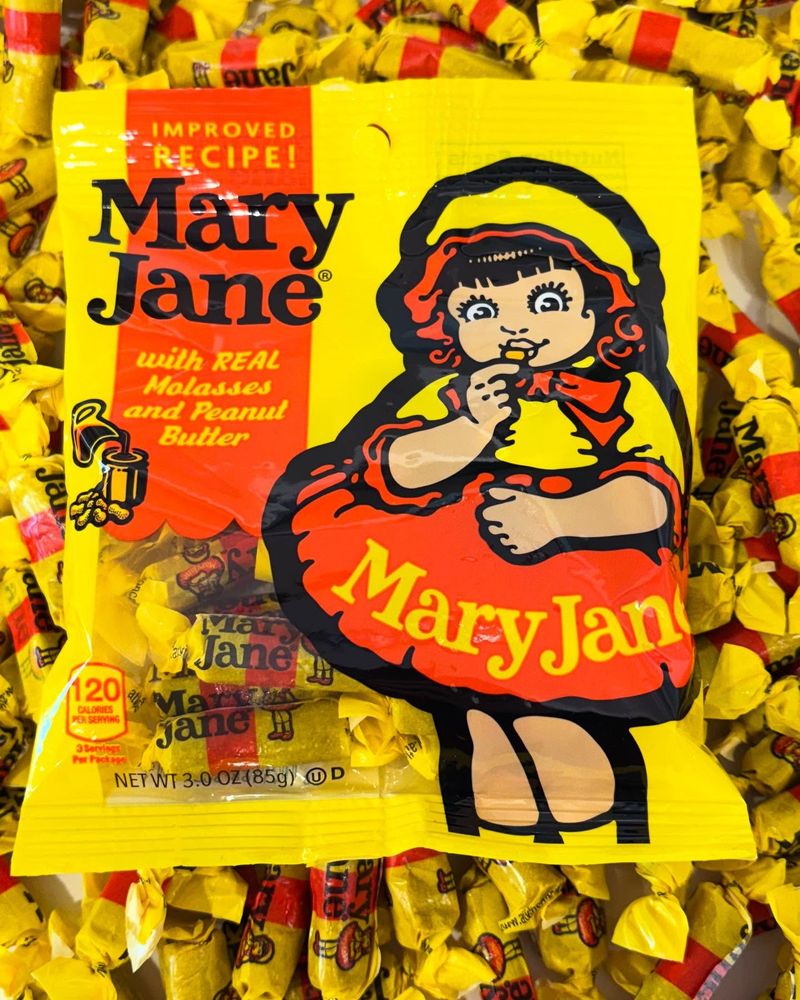
Named after the creator’s favorite aunt (who was surely delighted to have this dubious honor), Mary Janes combine molasses and peanut butter into a jaw-breaking chew that seems determined to extract fillings. The flavor isn’t necessarily offensive – it’s the texture that earns its place on this list.
Wrapped in their distinctive yellow and red wrappers, these candies have remained virtually unchanged since their creation in 1914. They stick to everything: teeth, the roof of your mouth, the wrapper itself, and probably your grandmother’s candy dish where they’ve sat untouched for decades.
Mary Janes represent that strange category of candies that older generations inexplicably adore while younger folks wonder if they’re being pranked when offered one.
9. Dubble Bubble
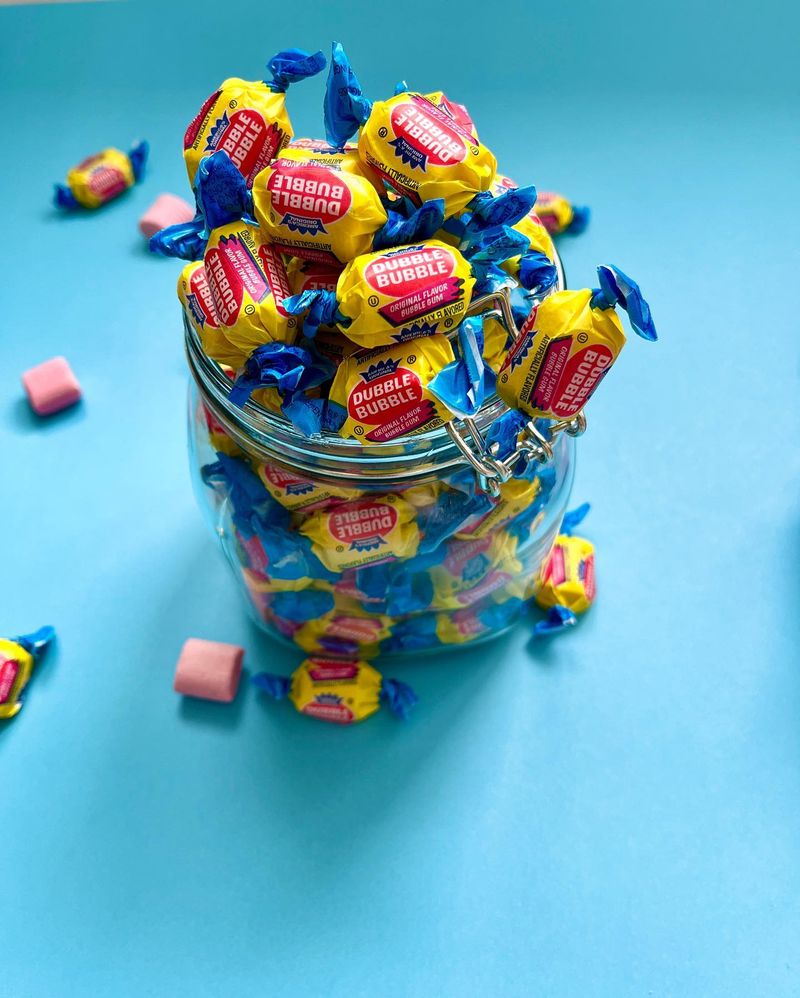
The original pink bubble gum promises a flavor experience that lasts approximately five seconds before transforming into a flavorless rubber wad. After that brief moment of fruit-adjacent sweetness dissipates, you’re left with what feels like chewing on a pencil eraser.
Created in 1928, Dubble Bubble was the first commercially successful bubble gum. Its powdery exterior sheds like dandruff, covering fingers and clothing with a fine pink dust that seems impossible to remove completely.
The included comics and fortunes create a nostalgic experience that somehow convinces people to keep buying it despite the gum’s rapid flavor extinction. Children particularly love it for the brief sugar rush and the ability to blow bubbles, even though modern alternatives offer significantly longer-lasting flavor.
10. Smarties (US Version)
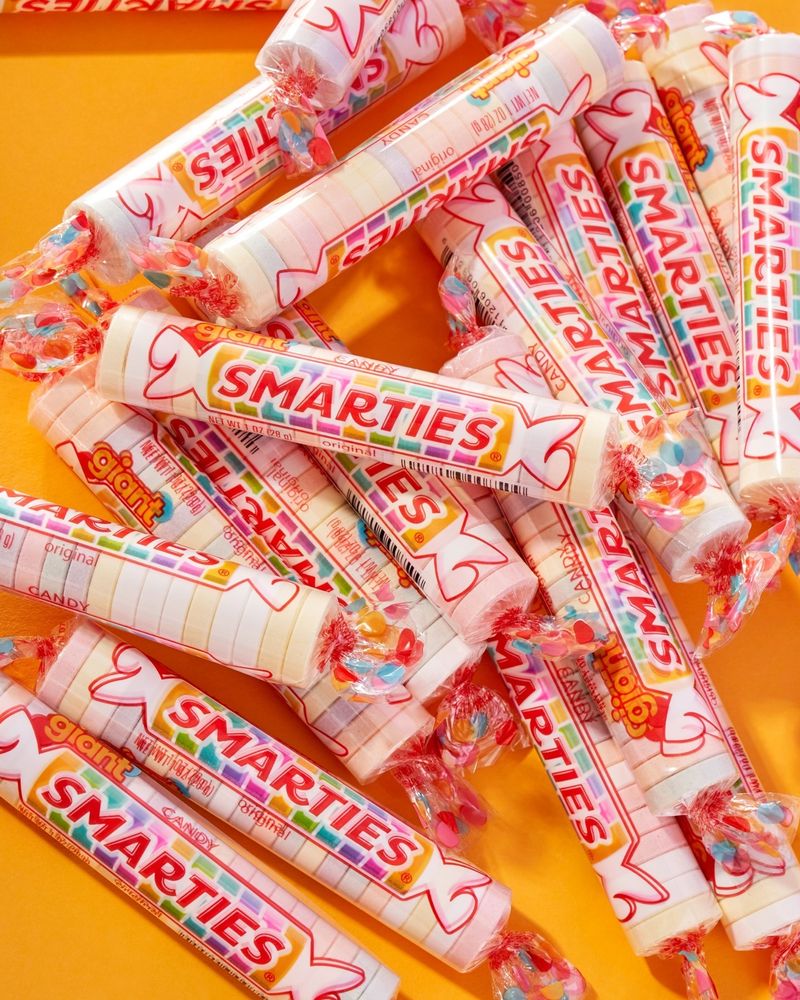
Not to be confused with the chocolate candies available outside the US, American Smarties are essentially compressed sugar tablets that dissolve into a gritty paste. Their texture resembles antacids more than candy, leading to the frequent childhood joke that they’re actually medicine.
The pastel-colored discs come wrapped in cellophane that’s nearly impossible to open cleanly. Most people resort to tearing the package with their teeth, inevitably resulting in tiny candy fragments exploding everywhere.
Despite their underwhelming flavor profile – which can only be described as “sweet dust” – these tablets remain Halloween staples. Their enduring popularity might be attributed to their inoffensive nature and the fact that they’re one of the few mainstream candies that are both vegan and gluten-free.
11. Wax Bottles
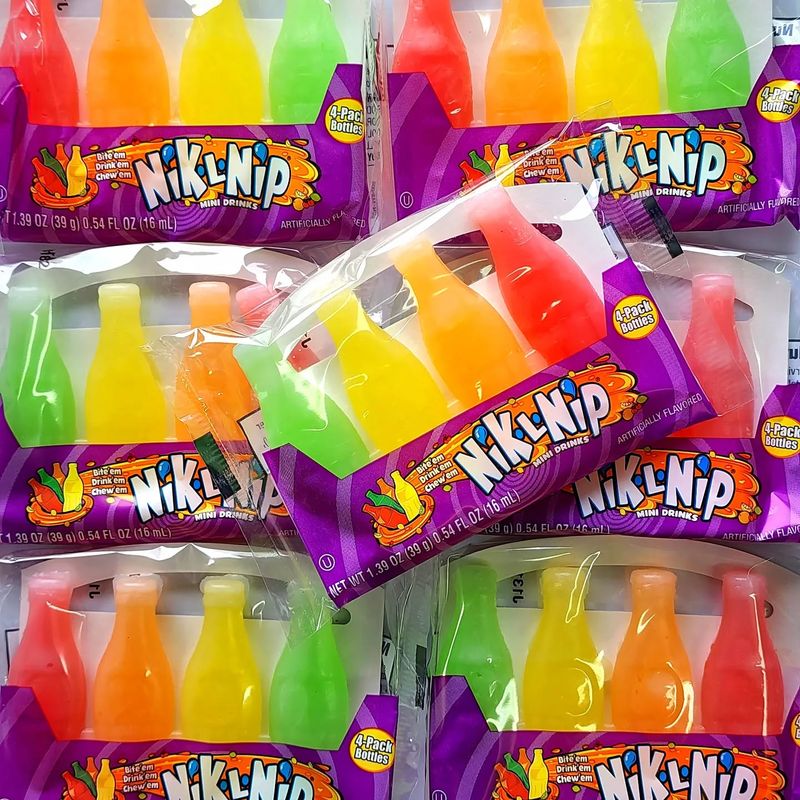
Whoever decided that drinking a thimbleful of syrupy liquid from a wax container was a good candy concept deserves both recognition and questioning. These colorful wax shapes contain about one teaspoon of sugary liquid that you access by biting off the top.
After consuming the meager amount of liquid inside, you’re left with the dilemma of what to do with the wax. Some people chew it like gum (though it was never intended for this purpose), while others spit it out, questioning their candy choices.
Originally called “Nik-L-Nip” when introduced in the 1920s, these peculiar treats continue to baffle modern candy consumers. Yet somehow, the novelty of drinking from tiny wax bottles maintains enough appeal to keep them in production century after century.
12. Tootsie Rolls
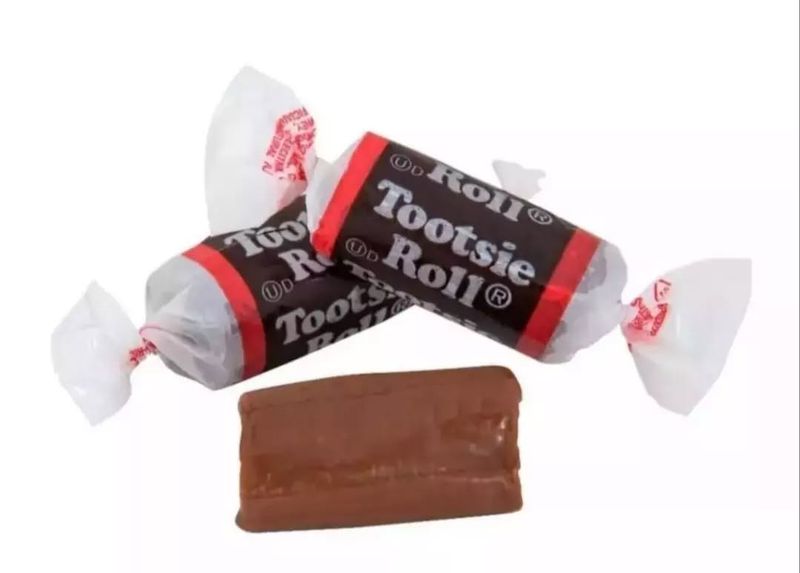
These brown cylinders of ambiguity have confused taste buds since 1896 with their not-quite-chocolate flavor. The texture falls somewhere between taffy and modeling clay, requiring significant jaw effort while delivering minimal flavor reward.
Tootsie Rolls were included in American soldiers’ rations during WWII because they could withstand various weather conditions without melting. This preservation quality raises questions about what exactly they’re made of and whether they should actually be classified as food.
The candy’s flavor remains a mystery – officially described as chocolate, but tasting more like a brown crayon dipped in cocoa powder. Despite this identity crisis, Americans consume approximately 64 million Tootsie Rolls daily, proving that familiarity sometimes trumps actual enjoyment.
13. Conversation Hearts
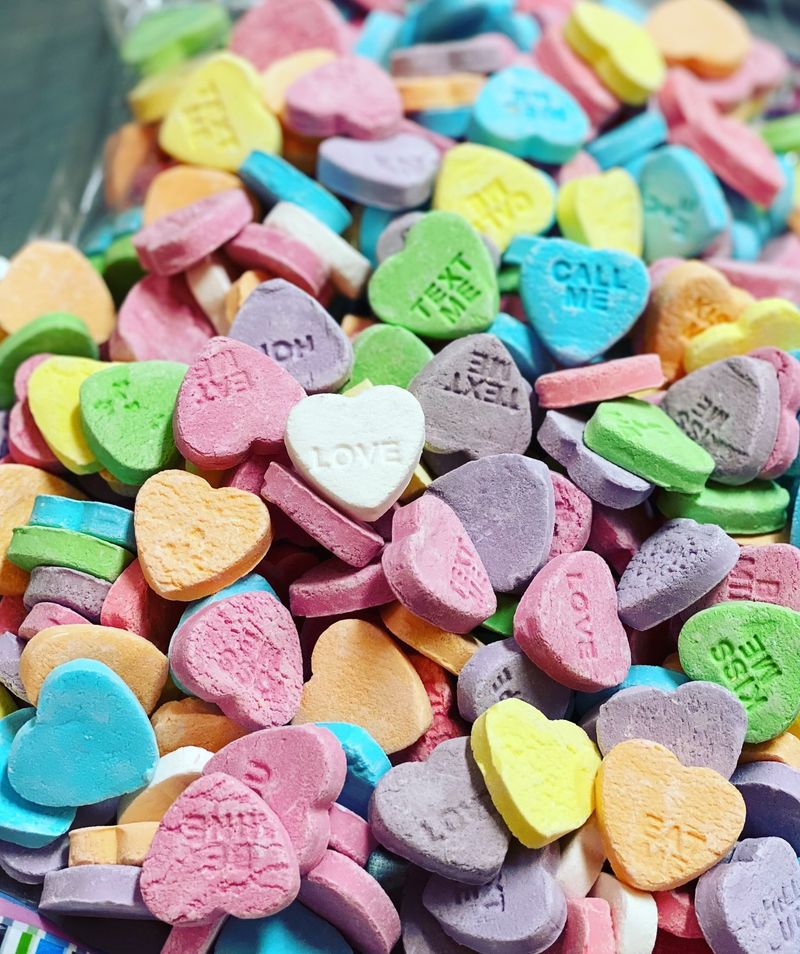
These heart-shaped chalk tablets with romantic messages have been disappointing Valentine’s Day recipients since 1866. The original NECCO version had the texture of compressed dust and flavors so subtle they could only be described as “vaguely fruity” or “possibly mint?”
Reading the tiny printed messages requires either magnification or excellent vision, and half the time the printing is so smudged it’s illegible anyway. Modern versions have attempted to update both texture and sayings, but the candy remains fundamentally the same.
Despite tasting like sweetened antacids, approximately 8 billion Conversation Hearts are produced annually for Valentine’s Day. Their enduring popularity seems based entirely on tradition rather than actual enjoyment of the eating experience.
Leave a comment